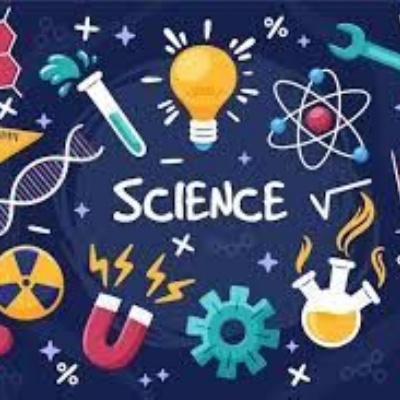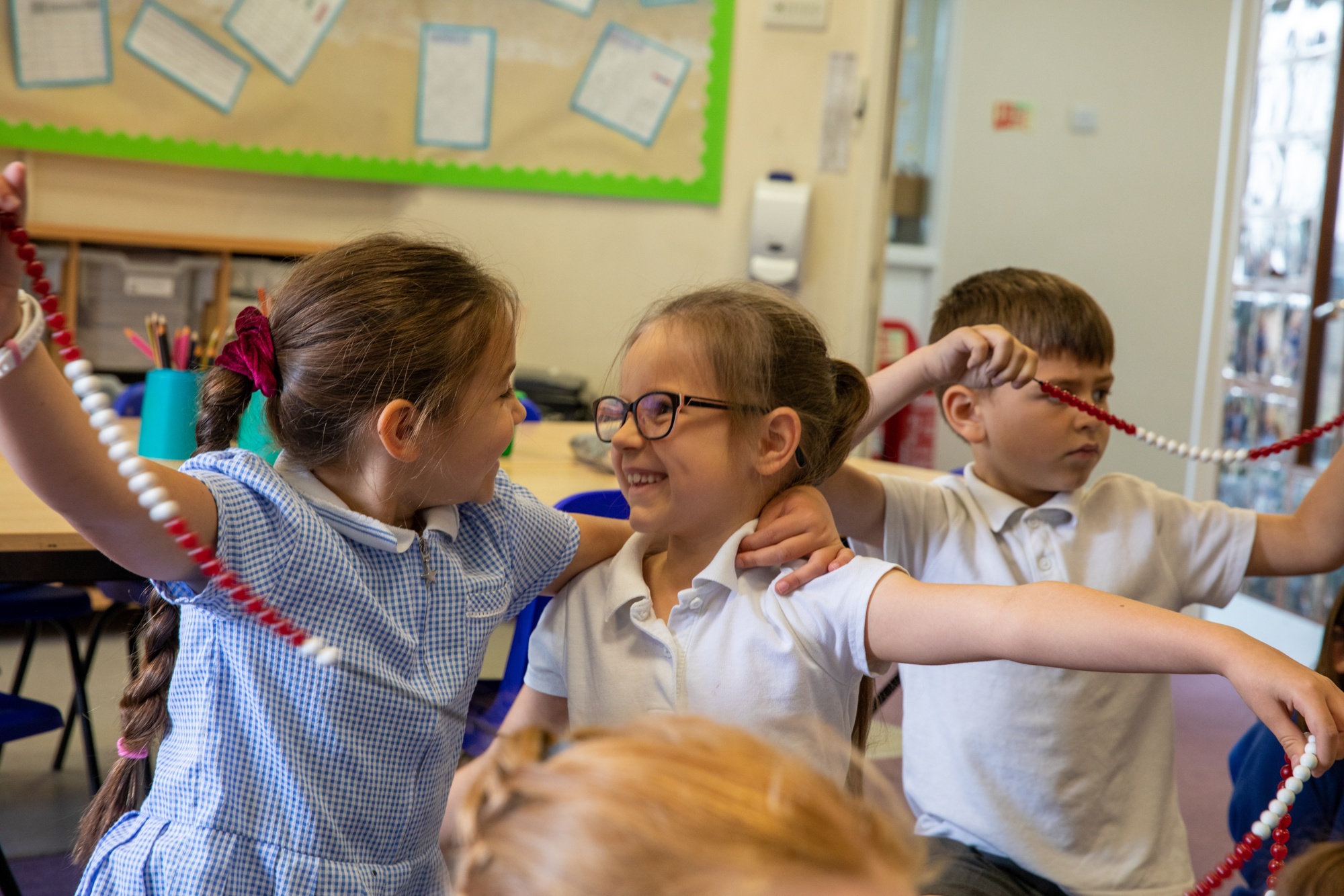
Throughout this half-term, the children will be learning all about animals, including humans. The objectives we cover are below -
|
*identify that animals, including humans, need the right types and amount of nutrition, and that they cannot make their own food; they get nutrition from what they eat *identify that humans and some other animals have skeletons and muscles for support, protection and movement Alongside this, we continuously develop our working scientifically skills. We began our new topic by learning about the different nutrition that comes from food. We then sorted a range of foods into different groups. The children created their own categories and these included 'healthy' and 'unhealthy', sorting by colour, taste and also using the Eatwell Guide food groups that they have learnt about in D&T and PSHE. Following this, we then created a giant food scale looking specifically at the protein content per 100g of different foods. The children explored the food labels and then wrote the amount of protein on post-it notes and put their items on the scale. Take a look at the photo below. Some of the items took us by surprise including the sesame breadsticks that have 14.1g of protein and the egg waffles with 8g of protein. The highest amount of protein was found in crunchy chickpeas, which had 20g of protein per 100g, but Ms. Sentance sampled these and they were a little bit dry! |








